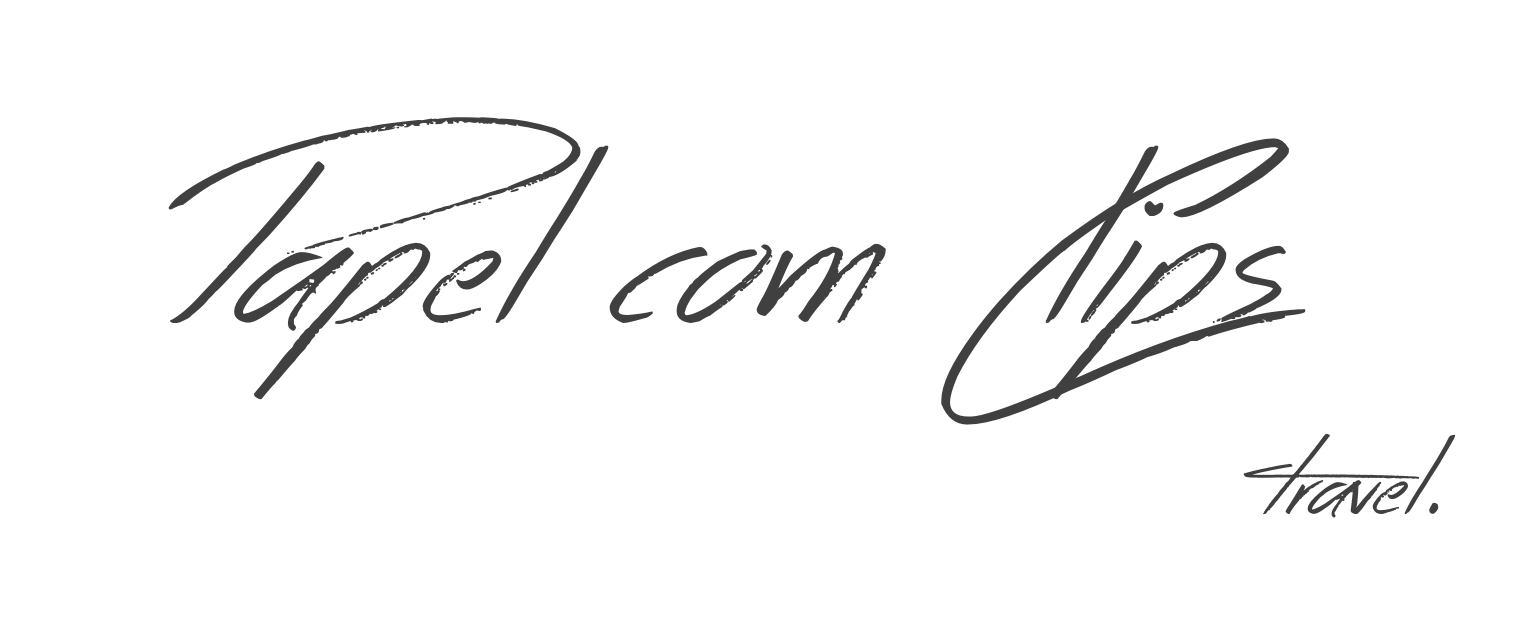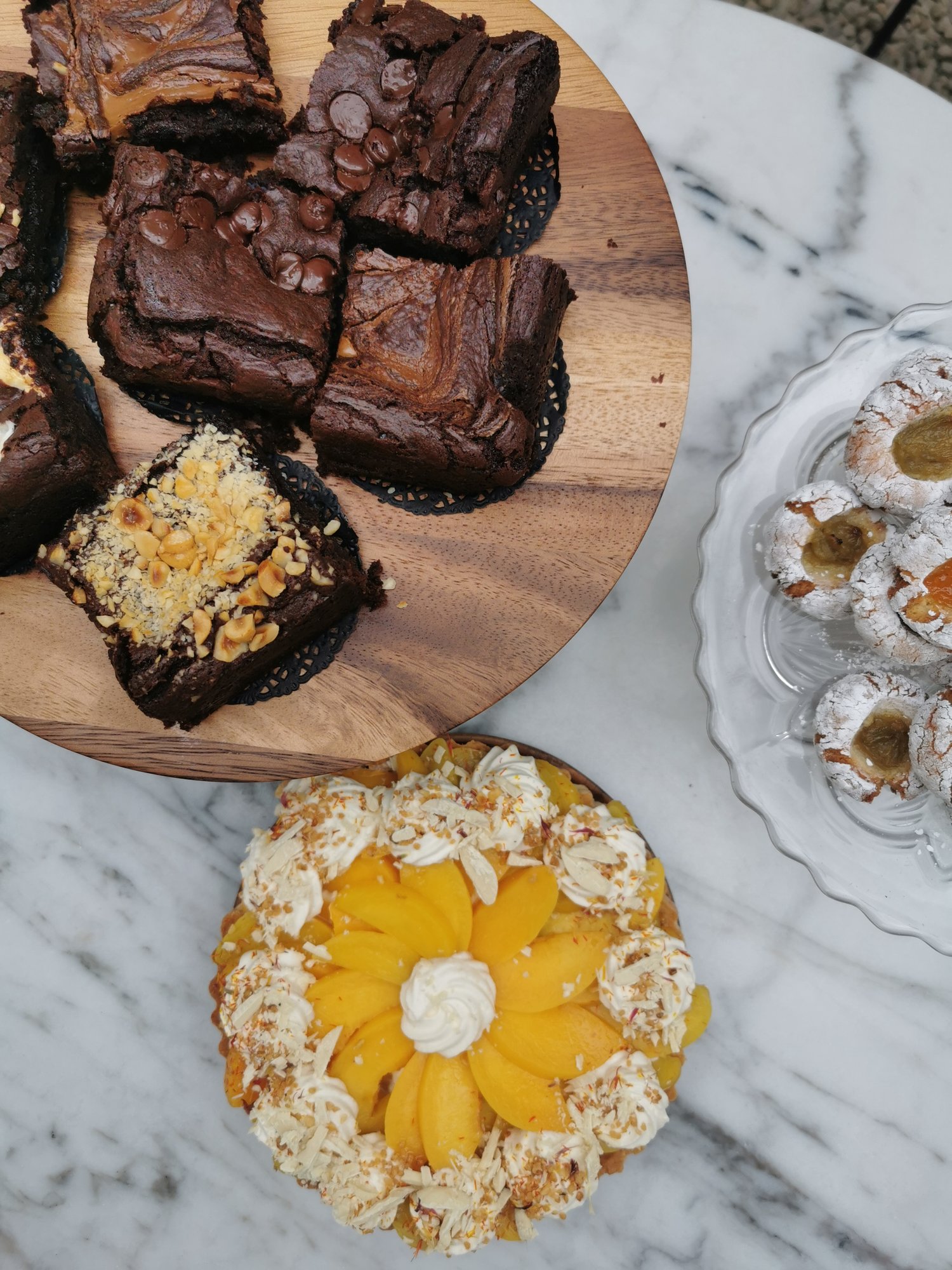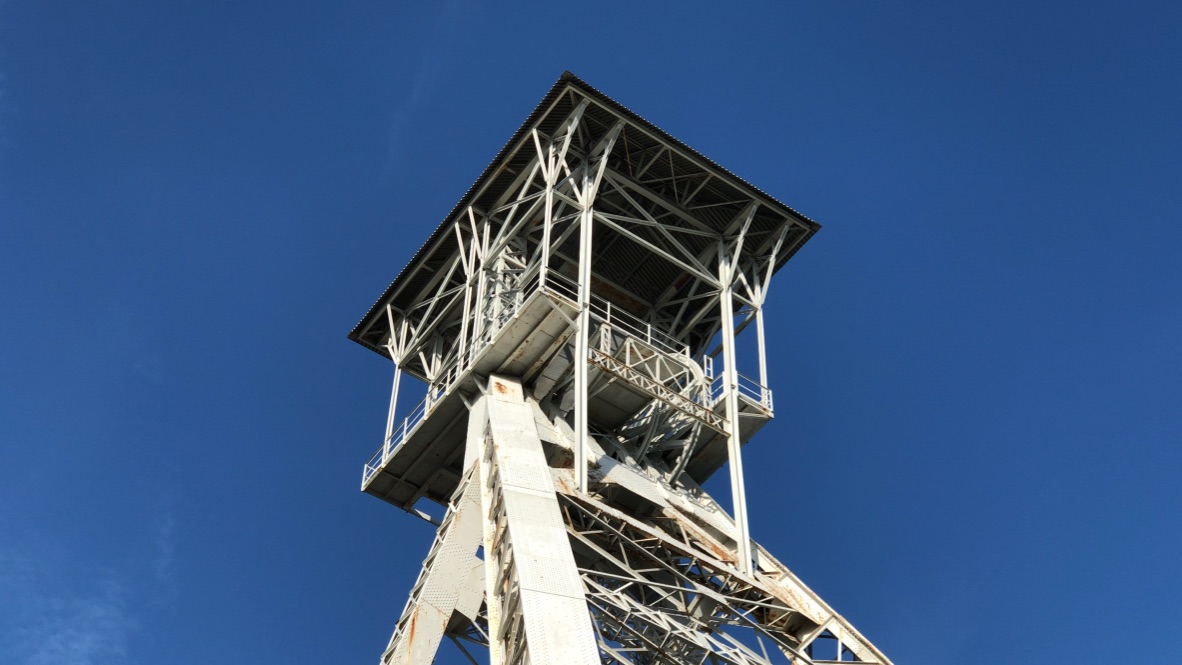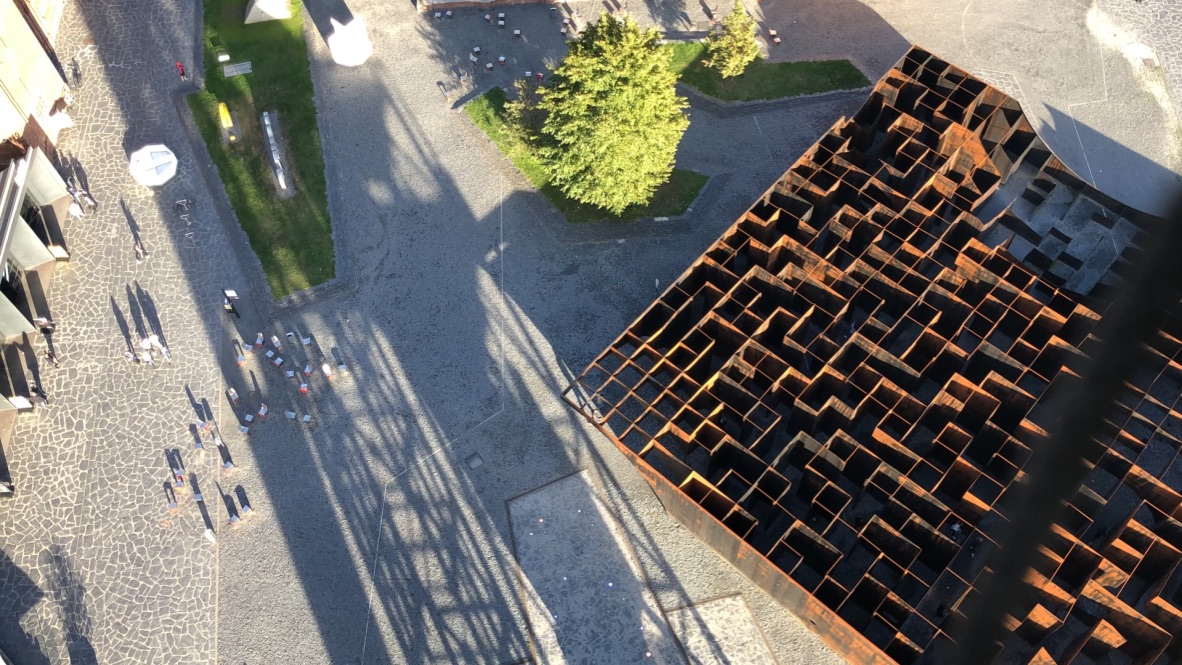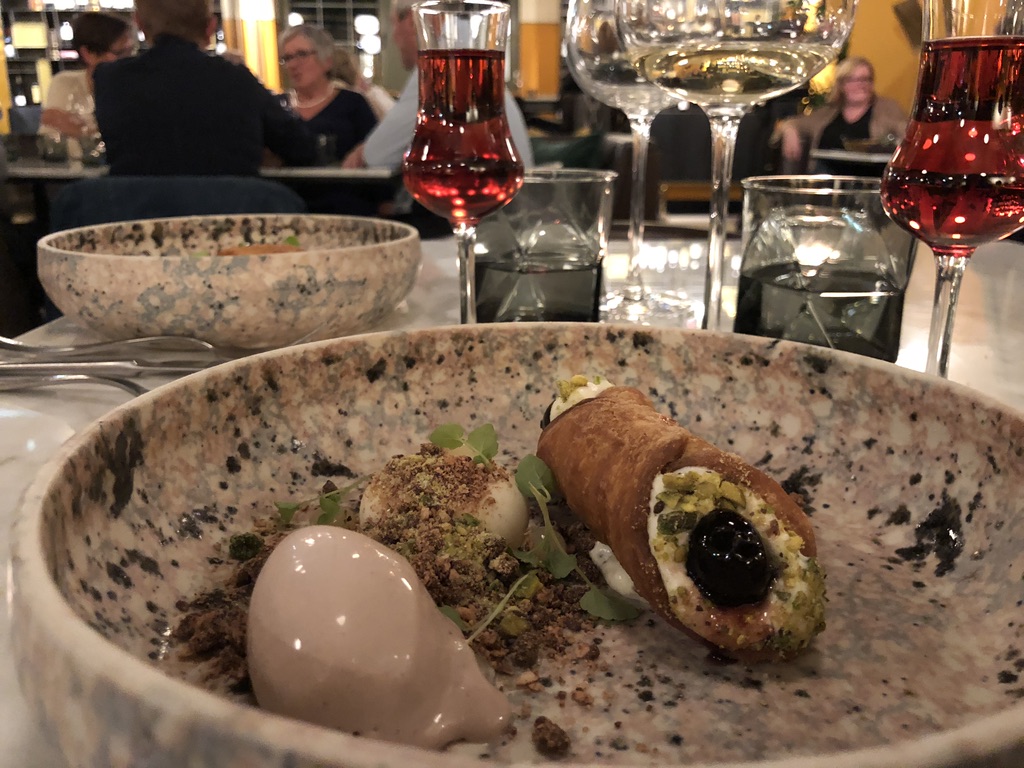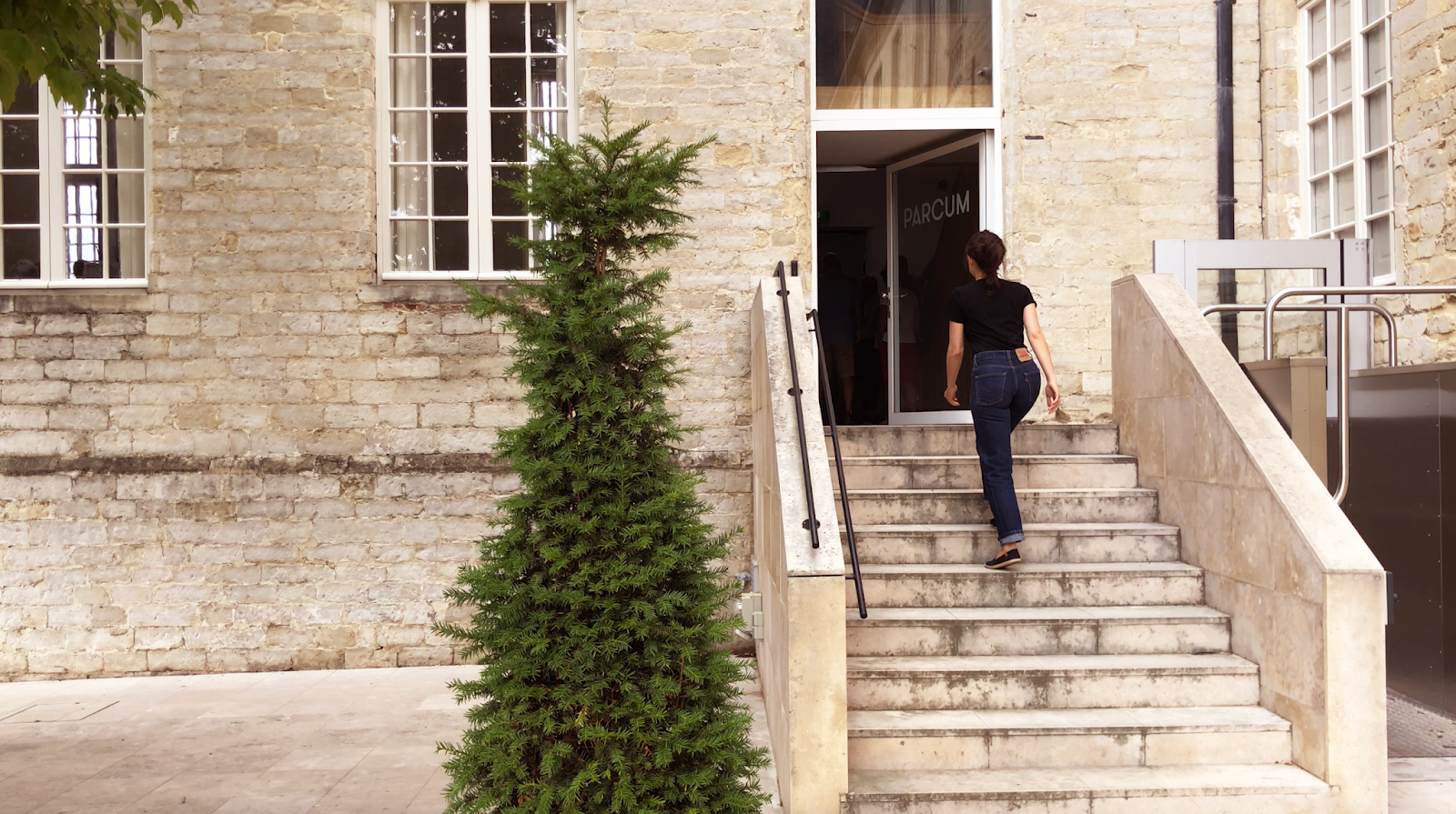Patricia's journey to Leuven was neither easy nor planned. Originally from Venezuela, she moved to Belgium to follow her then-Belgian partner, only to find herself a victim of domestic violence. With two young children in tow, she sought refuge in a crisis centre, a stone's throw from the eventual home of the Plant Dragon. In Leuven, Patricia found the strength to re-birth, a testament to her unyielding spirit and refusal to let her dreams be destroyed.
Despite the challenges, Patricia never gave up. She worked as a cleaner, baking in
her free time to support her family. Her innate creativity shone through in her recipes, quickly gaining popularity, and even earning her a spot on the TV show Bake Off Vlaanderen. This exposure was a turning point, enabling her to overcome obstacles and finally open her own vegan bakery, the Plant Dragon, at Bogaardenstraat 24.
From the moment she opened the doors to the Plant Dragon, Patricia was determined to make it more than just a bakery. Her initial act was to take some of her cakes to the social workers at the crisis centre, a symbolic gesture of gratitude and a bridge to her new life. Her warm smile and captivating personality have made the bakery a magnet for those seeking connection. The Plant Dragon is a haven where people gather to talk, create art, draft, and crochet, all while enjoying Patricia's delicious creations.
Understanding the power of her story, Patricia has made it her mission to hire individuals with disabilities and those from less privileged backgrounds. She also finds it vital to extend her support to refugees, by creating a mini gallery and selling arts and crafts produced by them. Furthermore, she empowers women by giving them the chance to co-create workshops with her, such as the much-loved yoga classes combined with a vegan brunch.
The Plant Dragon's evolution showcases how businesses can extend their impact beyond commerce, becoming pillars of support and cultural enrichment. In doing so, the bakery has redefined what it means to be a part of Leuven's community, embodying the true spirit of a socio-cultural entity.
Follow Plant Dragon on Instagram and support this wonderful vegan bakery.
